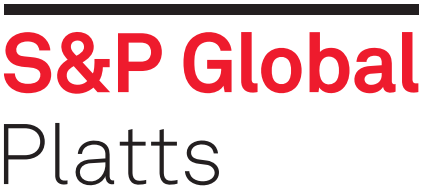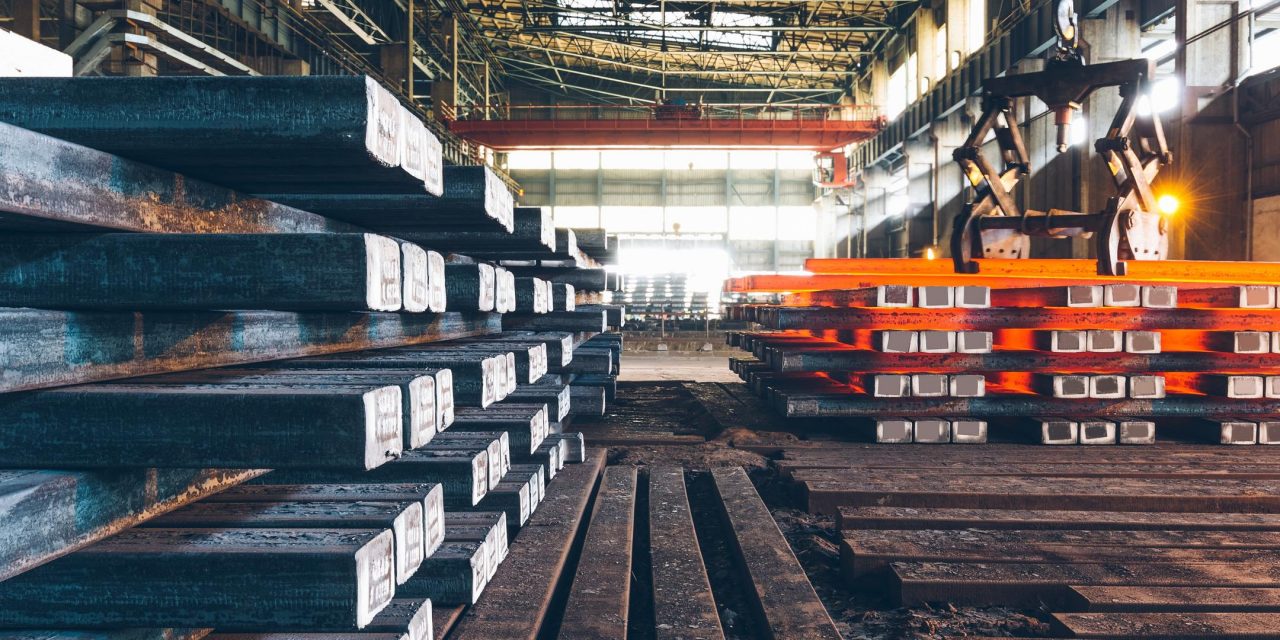The European Commission has formally published rules governing steel import safeguards into the European Union for the next three years: leaving safeguards in place for all 26 steel product categories, subject to annual review. The extended safeguard, which pits traders and consumers against mills, will officially run from July 1.
Largely expected by the market, the new regulations differ from the previous system in that the annual tariff rate quotas used to govern imports will henceforth be expanded by 3% annually, instead of the previous 5% annual increase.
The EC has extended the safeguards due to what it perceives is a continuing “fragile financial situation of the Union steel industry.” The EC notified the World Trade Organization on June 11 of its intention to extend safeguards, which was approved by member states on June 18.
The European federation of steel producers, Eurofer, welcomed the extension. “The conditions that required the launch of the safeguard initially are still very much present – including global steel overcapacity and US Section 232,” said Axel Eggert, Eurofer director general.
The current safeguards were put in place July 2018 to protect the EU market against trade flow deviation following the US’ imposition of Section 232 tariffs on steel imports in March of that year.
‘End of free trade’
While widely expected and welcomed by steelmakers, the extension has not found favor with traders, who foresee further upwards pressure on prices in a market suffering from acute material tightness in some product areas.
“I understand that this decision is made to support mainly the steel industry and not the end users,” one EU trader said. “It will keep the price very high and feed steel price inflation, and volatility. If you add onto this all the anti-dumping investigations you could think that we’re living the end of free trade, where everybody wants to protect his steel industry; as we know already this doesn’t work.”
One Italian steel buyer called the extension “a disaster… EU mills won’t be able to offer all the products we need…this year has been an awful year for their service with unbelievable delays and abnormal speculation: we are really worried for coming months.”
Both flat and long steel products prices reached their highest-ever in Europe this year, as they also did in the US. Steel buyers have been vocal on the prices increases but also on the difficulty in finding material.
Prices at historical highs
According to Platts’ price analyzer, prices in EU moved to their highest historical level. On June 21 Platts Benchmark Ruhr ex-works hot-rolled coil price reached a record Eur 1,190/mt, easing just slightly to the June 28 assessment of Eur1,187.50/mt. EU rebars also reached their highest ever level in June, to Eur 817.5 mt delivered.
Euranimi, a Brussels-based steel consumers’ association that represents the “middle of the supply chain” (importers, distributors, traders and processors), said that “it finds incomprehensible that the EU chooses to ignore what is going on downstream and sticks to a protectionist logic that is no longer justified in a context of blatant material shortage and exceptionally long delivery times that are the cause of ever-increasing prices.”
“The economic reality of this decision will be that countless European steel processing companies, that are already today in dire need of material, will receive only a fraction of their steel requirements, delivered to them much later and at a much higher price. Euranimi fails to understand why such measure is deemed to be favorable to the European economy.”
In its safeguards document the EC argued that “the Commission found that the steel prices increases recently observed on the Union steel market cannot be imputable to, or be the result of, the Union steel safeguard because similar such high prices also prevail on worldwide markets and large volumes of free-of-duty TRQs remain nevertheless unused available under the safeguard.”
Concerning the material shortages, it said that “the problems of supply experienced after demand rebounded were transitory and that the return to operation of idled facilities by the Union industry, which is underway, should thus help ensuring that normal pre-pandemic steel supply conditions are re-established in a reasonably short timeframe.”
— Annalisa Villa, Amanda Flint, Rabia Arif






